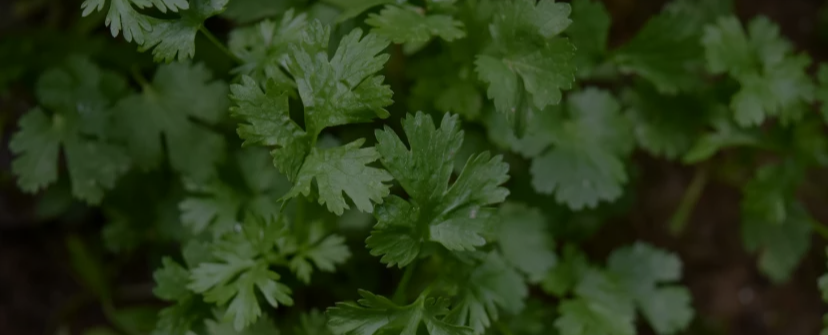
Posted on 9th June 2024
Be it Dal, curries or salads, most of our dishes include the earthy coriander. A fresh sprig of coriander leaf is vibrant and more than just a garnish. We use the plant extensively to add flavour to our cuisine in a variety of ways. But have we stopped and thought about coriander's medicinal properties? How is it benefiting us in our daily lives? If yes, then we are here to uncover the secrets behind this herb. Discover the coriander types and the reasons why they deserve their place in your wellness routine.
Coriander is scientifically also known as Coriandrum sativum. Cultivated for hundreds of years, coriander is a versatile herb. It is cherished in several cultures across the world. India has adopted coriander as an integral spice base for a wide range of dishes.
The plant can be identified by its small, aromatic leaves and round, brown seeds. Interestingly, most parts of the plant are edible and are used extensively. These include coriander leaves, seeds (that are also ground into powders), and fresh roots. Each of them offers a unique flavour profile when added to a recipe. For instance, cilantro or fresh leaves allow for an invigorating citrusy note. The dried seeds, when added to spices or ground in masalas, have a warm, earthy note to amplify the taste of your meal.
Adding coriander to your meals is absolutely effortless. The fact that we can use the entirety of the plant opens countless doors to new cooking opportunities you never knew existed.
Let the coriander's medicinal properties and flavour shine by adding chopped coriander to dishes like salads and fried rice. You may also infuse your stews, light curries and soups with coriander. Cilantro or fresh coriander leaves also go great with juices, guacamole and salsa for a nutritious punch.
Coriander seeds are quite homely to us. The seeds are a key ingredient in several spice blends such as garam masala or sambar masala. It can be used as is, after toasting, ground into powder, or extracted as oils. You may find the seeds lending their heat and depth of flavour to curries, marinades and spice rubs.
Now that we have seen coriander benefits and flavours, here are side effects that you must be aware of. While the herb is generally safe for most folks, some individuals may be allergic to it. These can show up as skin rashes, itching, digestive discomfort and photosensitivity. If you notice any such coriander side effects or reactions, please consult a healthcare professional.
We started by identifying the herb; understanding coriander's medicinal properties and the benefits it relays once consumed. Such properties and the herb's versatile usage establish coriander's importance in Indian cuisine. We use this herb daily in our households, one way or another. So, the next time you pass by the produce aisle, look out for coriander or cilantro varieties. You never know when the next culinary inspiration hits!
Check out Copains Coriander Powder.